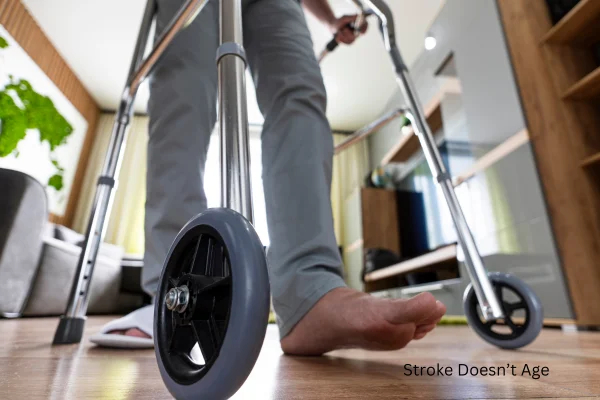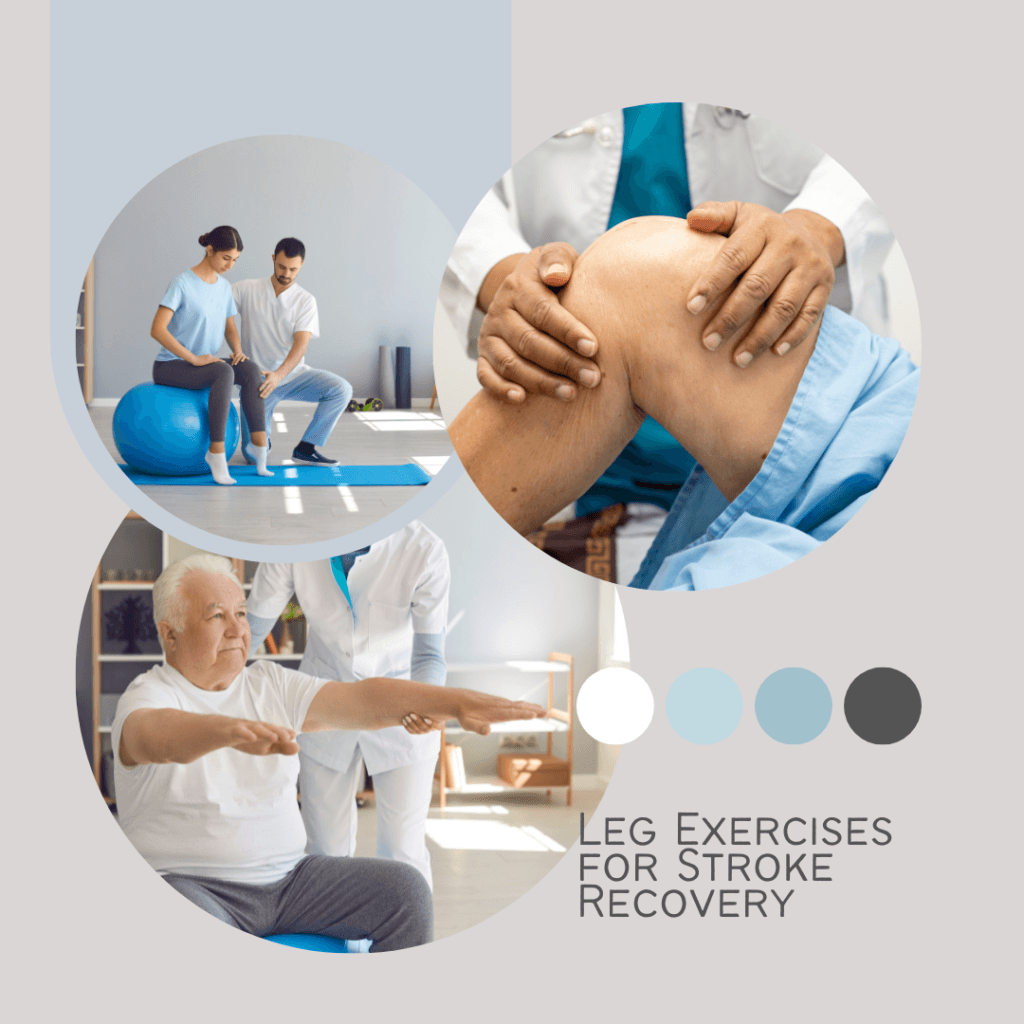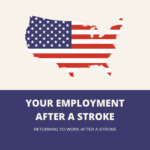Best Leg Exercises for Stroke Recovery

Recovering from a major medical crisis is rarely easy, especially when movement in legs grows limited. Whether weakness, stiffness, or balance challenges arise, returning to steady walking requires patience along with suitable exercises. If you or a loved one wants ways to rebuild strength and mobility, you are in a good place to begin.
This guide outlines effective methods for strengthening legs after a major medical crisis, starting with simple seated movements and gradually shifting toward more advanced standing routines. No matter where you are in your healing process, these movements can build strength, enhance flexibility, and restore balance—step by step.
Why Leg Exercises Matter After a Stroke
After a serious medical crisis, many individuals experience leg weakness, stiffness, or even paralysis on one side of a person’s frame. Such changes can make walking, standing, or completing everyday tasks like rising from bed or climbing stairs extremely difficult. With little movement, muscles lose strength even faster, adding more challenge to any recovery path.
Good news remains, though—regular movement encourages brain pathways and muscles to reconnect and work in sync again. Staying active improves circulation, reduces stiffness, and rebuilds coordination, making it easier to regain balance and move more steadily as time passes.
Even when mobility stays limited, exercises exist for every stage—from gentle seated actions to weight-bearing routines for anyone ready to stand and walk again.
Getting Started: Safety First!
Before starting any exercise program, keep these safety tips in mind:
- Talk to a doctor or physical therapist – Make sure any movement plan is safe for your condition.
- Start slow – Doing too much too soon can lead to falls or injuries.
- Use support – A sturdy chair, walker, or railing can help with balance.
- Stay consistent – Daily practice leads to better results over time.
- Listen to your body – Stop if you feel pain or dizziness.
Seated Movements (For Beginners & Limited Mobility)
If standing or walking is still a challenge, begin with seated movements. These help improve strength and flexibility while easing stiffness.
1. Seated Marching
What it helps: Strengthens thigh muscles and improves circulation.
How to do it:
- Sit up straight in a sturdy chair.
- Lift one knee as high as possible, like you’re marching.
- Lower it slowly and switch legs.
- Repeat 10-15 times per leg.
2. Ankle Pumps
What it helps: Improves blood flow and prevents foot drop.
How to do it:
- Sit with feet resting flat on floor.
- Raise toes while keeping heels firmly on ground.
- Lower toes, then lift heels.
- Repeat 15-20 times.
3. Leg Extensions
Purpose: Builds strength in quadriceps, located along front of thigh.
How to do it:
- Sit upright with feet flat.
- Straighten one leg out in front, hold for 3 seconds, then lower it.
- Repeat on the other leg.
- Do 10-15 reps per leg.
4. Heel Slides
What it helps: Improves knee flexibility.
How to do it:
- Sit on a chair with legs extended.
- Slide one heel toward you, bending the knee.
- Hold for 3 seconds, then slide it back.
- Repeat 10 times per leg.

Standing Movements (For Improved Strength & Balance)
Once seated movements feel easier, try standing routines that help with balance, strength, and coordination.
5. Sit-to-Stand Exercise
Purpose: Builds leg strength, promoting greater independence during everyday activities.
How to do it:
- Sit on a sturdy chair with feet flat on the ground.
- Lean slightly forward and push through your legs to stand.
- Slowly lower back down.
- Repeat 10 times.
Tip: If needed, use armrests or a caregiver for support.
6. Side Leg Raises
What it helps: Improves hip strength and balance.
How to do it:
- Stand with feet hip-width apart, holding onto a chair or wall for support.
- Lift one leg out to side without bending knee.
- Lower slowly, then switch legs.
- Repeat 10 times per leg.
7. Heel-to-Toe Walk (Balance Training)
What it helps: Improves walking stability.
How to do it:
- Stand tall and place one foot directly in front of another, with heel touching toe.
- Walk slowly in a straight line.
- Use a wall or railing if needed.
- Try for 10-15 steps.
Advanced Movements for Better Mobility & Walking
If you’re making good progress, try more advanced movements to build strength and enhance mobility.
8. Step-Ups
What it helps: Strengthens legs for climbing stairs.
How to do it:
- Stand in front of a low step or curb.
- Step up with one foot, then bring the other up.
- Step back down one foot at a time.
- Repeat 10 times per leg.
Tip: Use a handrail if needed.
9. Calf Raises
What it helps: Strengthens lower legs and improves balance.
How to do it:
- Stand tall, feet hip-width apart.
- Rise onto your toes, hold for 3 seconds, then lower.
- Repeat 15 times.
10. Walking with Resistance Bands
What it helps: Builds leg strength for better walking ability.
How to do it:
- Wrap a resistance band around your ankles.
- Walk forward at a slow pace while maintaining tension in band.
- Walk 10-15 steps, then rest.
- Repeat 3 times.
How Often Should These Exercises Be Done?
For best results, follow this weekly routine:
- Seated movements: Daily (10-15 minutes)
- Standing movements: 4-5 times per week
- Advanced movements: 3-4 times per week (as tolerated)
Additional Tips for Faster Recovery
- Stretch daily – Reduces stiffness and improves flexibility.
- Try short walks – Even a few steps each day help improve mobility.
- Stay hydrated – Dehydration can worsen muscle cramps.
- Eat protein-rich foods – Supports muscle rebuilding.
- Practice deep breathing – Improves circulation and energy levels.
When to Seek Professional Help
If you experience pain, dizziness, or worsening mobility, stop and consult a doctor or therapist. They can adjust exercises based on your needs and help prevent injury.
How long does it take to regain leg strength after a stroke?
Time required to regain leg strength differs from one individual to another. Some notice progress within a few weeks, while others may need months or even years of steady therapy. Many elements influence recovery pace, including:
- Severity of condition – Mild cases often allow faster progress, whereas more serious situations may require extended recovery time.
- Early intervention – Starting physical therapy as soon as possible improves chances of regaining strength.
- Consistency with exercises – Regular practice helps rebuild muscle and coordination.
- Overall health – Good nutrition, hydration, and managing conditions like diabetes or high blood pressure aid recovery.
What to expect:
- First few weeks: Focus on basic movement and preventing stiffness.
- 1-3 months: Strength and balance gradually improve with consistent movement.
- 6 months and beyond: Walking and independent movement become easier for many, though some may still need support.
The key is patience and persistence—progress might be slow, but small improvements add up over time!
Final Thoughts
Building strength in your legs after a major health event takes time, but every small movement counts. Whether you’re starting with seated movements or working toward walking independently, staying consistent brings real progress.
Remember—move forward one step at a time. Notice what your system needs, celebrate every small win, and continue progressing. This journey may bring challenges, yet with a steady approach and a strong mindset, regaining strength and mobility remains completely possible!



